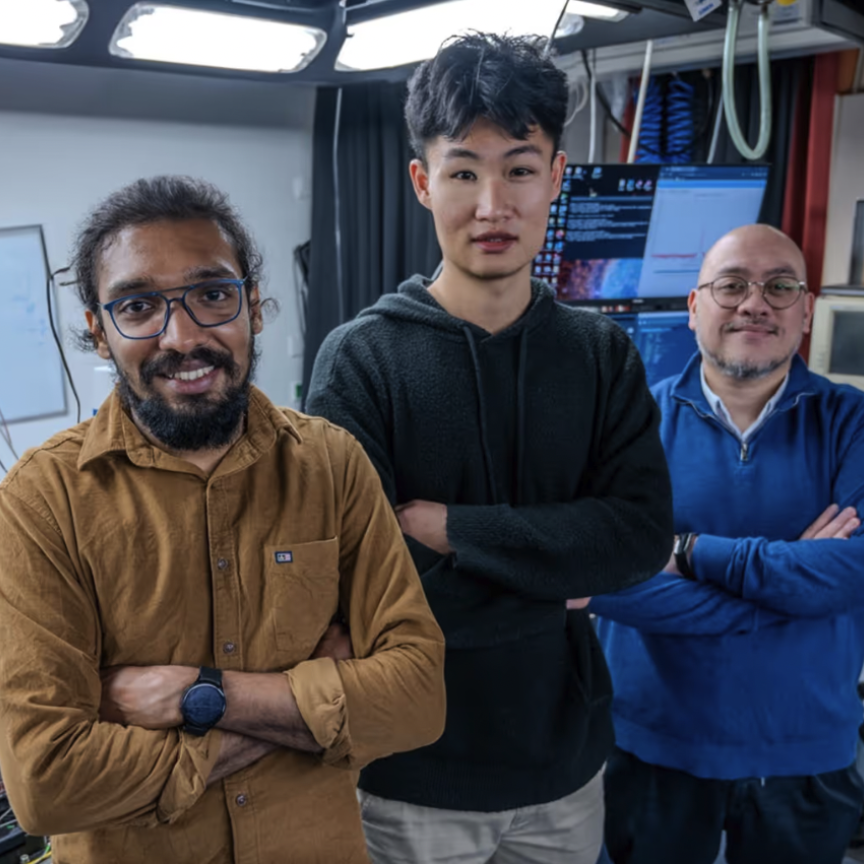Researchers at the Fraunhofer Institute for Laser Technology ILT have developed a microchip-based fluorescence sorter capable of detecting up to 16 different illnesses simultaneously from a blood sample.
The system could be used to identify cancer early, and offers a cheaper and faster way of detecting and treating infectious diseases such as sepsis.
Cells and biomolecules circulating in a person’s blood carry diagnostic information. These cells exhibit characteristic proteins that each possess a structure to which marker molecules can bind. When labelling these marker molecules with a fluorescent dye, they can be made visible by exciting them with light of a defined wavelength.
Fraunhofer’s device, the AnaLighter, consists of 16 laser beams of different wavelengths that are focused into sorting chip channels only a few micrometres wide. The fluorescent light generated by the laser is then guided via a fibre network to an optical detection system, where the fluorescence data is analysed and the cell, which is encoded by particular fluorescent dyes, is identified.
In the next process step, infrared laser light then helps to direct the identified cells in a targeted manner through a network of fluidic junctions and thus sort them. Cells are sorted based on the fluorescence data measured previously.
AnaLighter’s sorting process takes place via an optofluidic switching process whereby a cell is always directed at a junction into the channel that was previously exposed to IR light. Thanks to the combination of several of these optically switchable junctions, it is possible to construct complex sorting structures; in the case of AnaLighter, an initial microfluidic channel can be separated into up to 16 channels. These channels each flow into a microwell and facilitate the simultaneous sorting of 16 different cell types.
This method could be used for early diagnosis of cancer, because of the fact that during the very early stage of cancer – before symptoms appear or imaging procedures can detect it – tumour cells circulate in the blood. AnaLighter can identify these tumour cells and isolate them for further clinical analysis. The isolated cells are then available for knowledge-based, personalised patient therapy choices with a significantly higher chance of therapeutic success.
In addition, AnaLighter is extremely well-suited for identifying and isolating pathogens in the blood, for the detection of infectious diseases such as sepsis. These isolated pathogens can then be cultivated further and used in in vitro antibiotics efficacy testing.
It takes two hours for the system to isolate and store the pathogen in a miniature culture vessel. A total of around nine hours is needed for further propagation, as well as tests with different antibiotics, as opposed to a couple of days using conventional methods. Once completed, an antibiotic profile is available for treating a bacterial infection in the patient’s blood.
Related stories
Further information:

